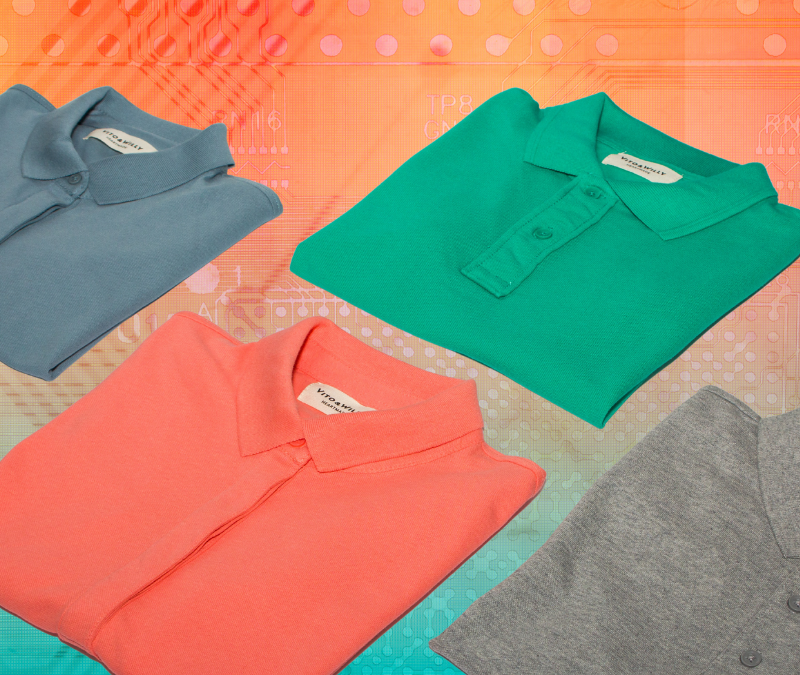This article is part of an ongoing series on the uses for artificial intelligence (AI) in manufacturing, starting with our article introducing machine learning and AI, and their relevance to manufacturing.
This article will cover how AI can be used for product design, specifically what parameters should be satisfied to optimize available resources along with meeting customer demands. Many factors go into determining how a product should be made, and AI can be used to make the most of the available resources, along with external demands and restrictions.
Implementing AI can be a major key in generating and retaining a high level of efficiency in a manufacturing process, including the design of products.
Product Placement
When browsing the aisles of a Walmart, we do not often think about the things that go into making a product. Most of us look at, say, that dog toy we are considering buying for our puppy, and do not think about how it did not alway exist in that form, but is rather the product of an involved manufacturing process.
That is, unless you are the manufacturer. Manufacturers, naturally, need to worry about all of the disparate elements and conditions that ensure the creation of however many dog toys should be produced to turn an ideal profit.
Here is an interesting thing to try, whether you are a manufacturer or not. Take any two identical items in your home, such as forks, and weigh them. Are they the exact same weight? We would guess, probably not. But are they close? We would guess, probably so.
The products’ difference and retained similarity can both be explained by one word: Parameter. Add another word, and you have a key manufacturing phrase: Design parameter.
Design parameters relate to the restrictions that a manufacturer holds themselves to, or are perhaps externally imposed on them by regulations or even requests. Things like product weight, materials used in creation, size, methods of manufacturing, and the like are all examples of design parameters.
Where does AI come in? Keep reading to find out.
Possibilities of Design
Well, AI called generative design can take parameters inputted by the manufacturer, such as the cost of manufacturing a certain amount of products, and get a range of possible designs back, detailing the conditions needed, such as the amount of a certain raw material, for the demand to be met.
Doing this allows manufacturers to see if they can still meet standards of quality, or quantity, under a variety of conditions, such as a shortage of certain resources.
Alternatively, or additionally, manufacturers can test to see how little resources they really need to meet those standards. If they order less metals, they can still make forks, only they may be lighter, but not so light that they cannot be used.
Really, you are able to ask the AI agent certain hypotheticals whose answers can give you insight into time- and cost-saving methods.
Maybe you are curious about other methods that you are considering investing in. By using generative design, you can see if that machine you are considering buying will have a really significant impact on your operations or not, in tandem with the resources that you are already using.
Another AI-powered use for design is persona modeling, which can analyze a business’ customer base to find out the likes and dislikes of thousands of customers, based on both internal data and external, self-authored customer data such as social media posts.
Knowing a business’ customers’ favorite color, on average, may seem like a minuscule thing to know, but when you have the choice to alter the color of products that you are selling to that business, then you can get closer to maximizing product.
So, AI can also be used for determining the more superficial aspects of a product, which can be just as important as the more costly aspects when it comes to selling the product to the end customer.
Previous Articles in Our Machine Learning for Manufacturers Series:


Recent Comments